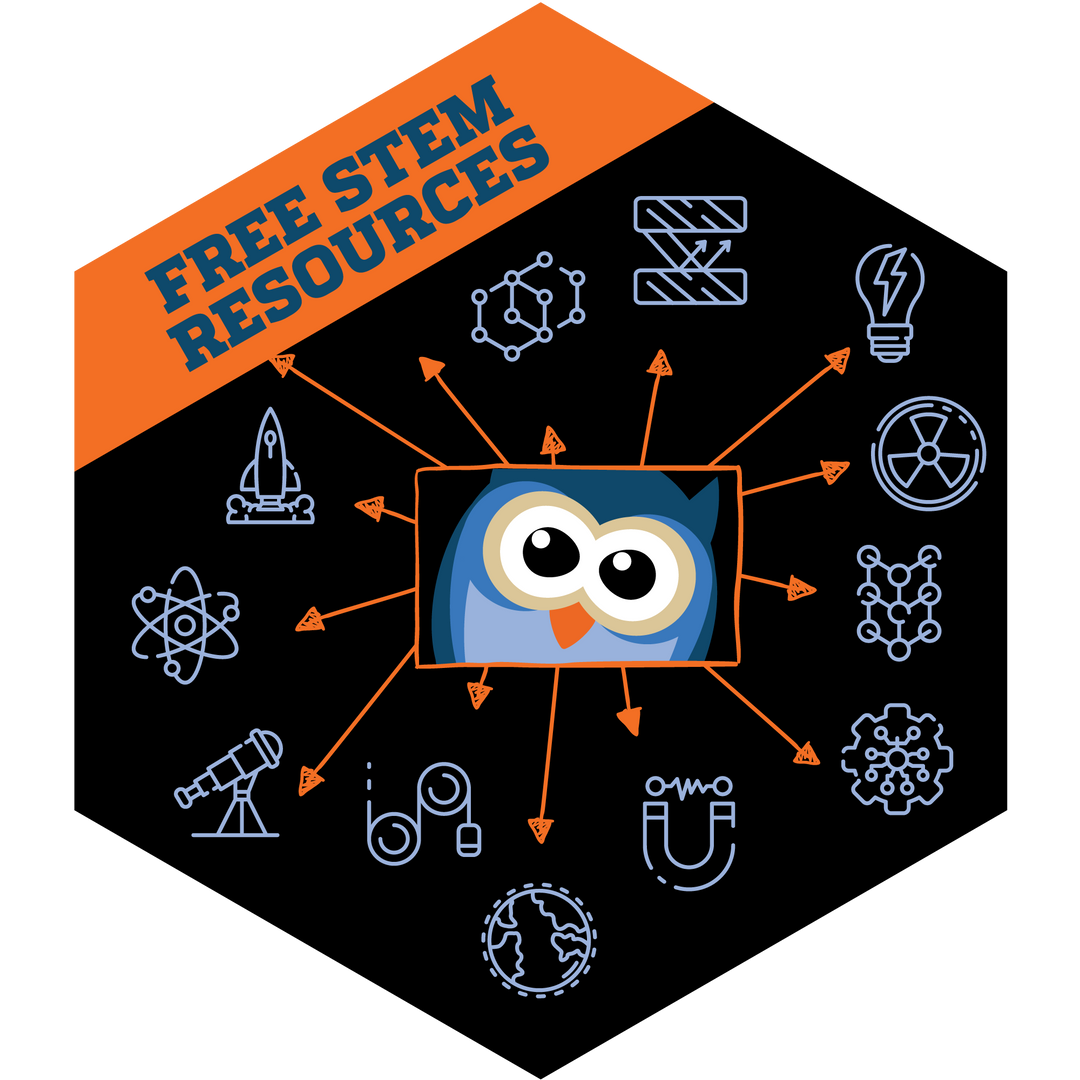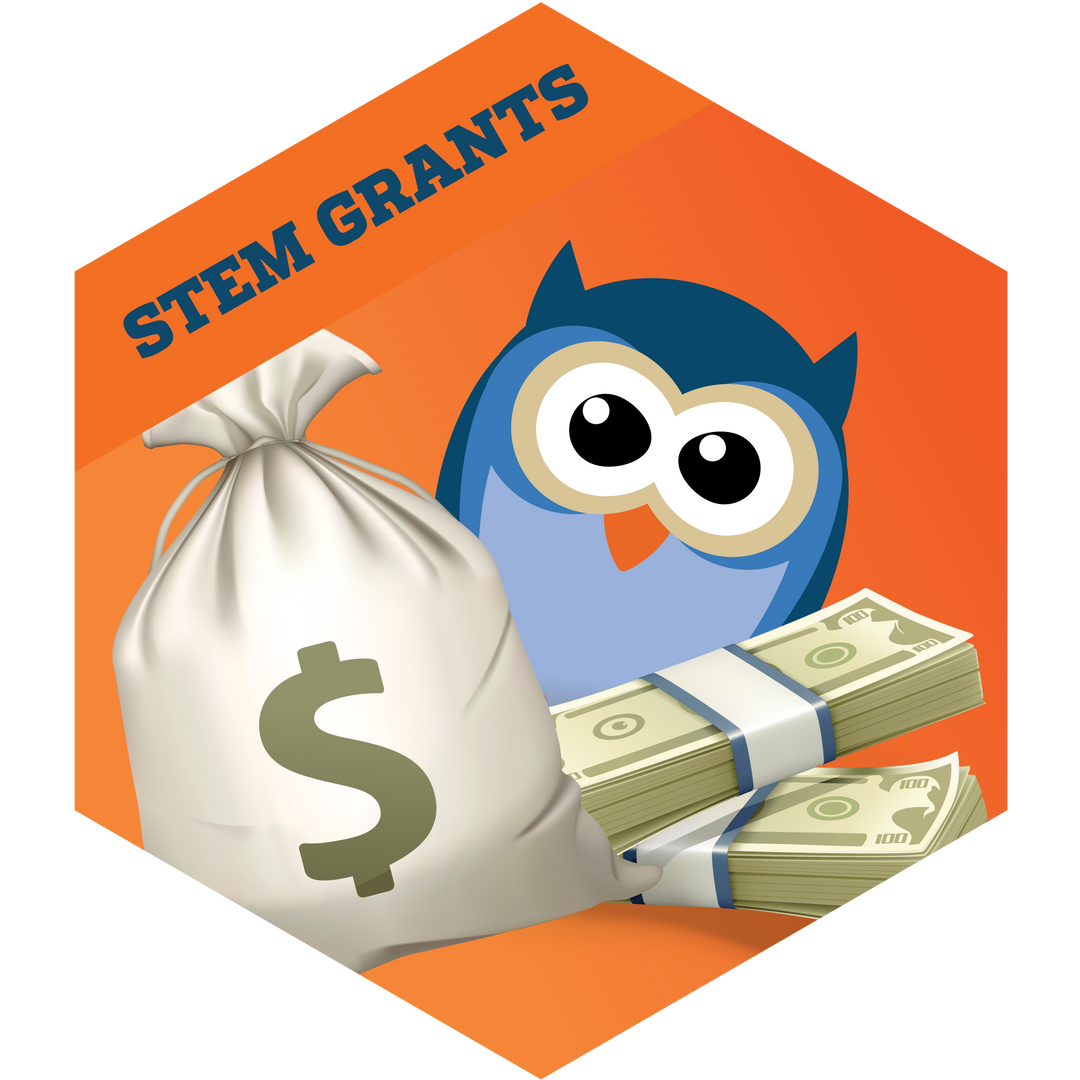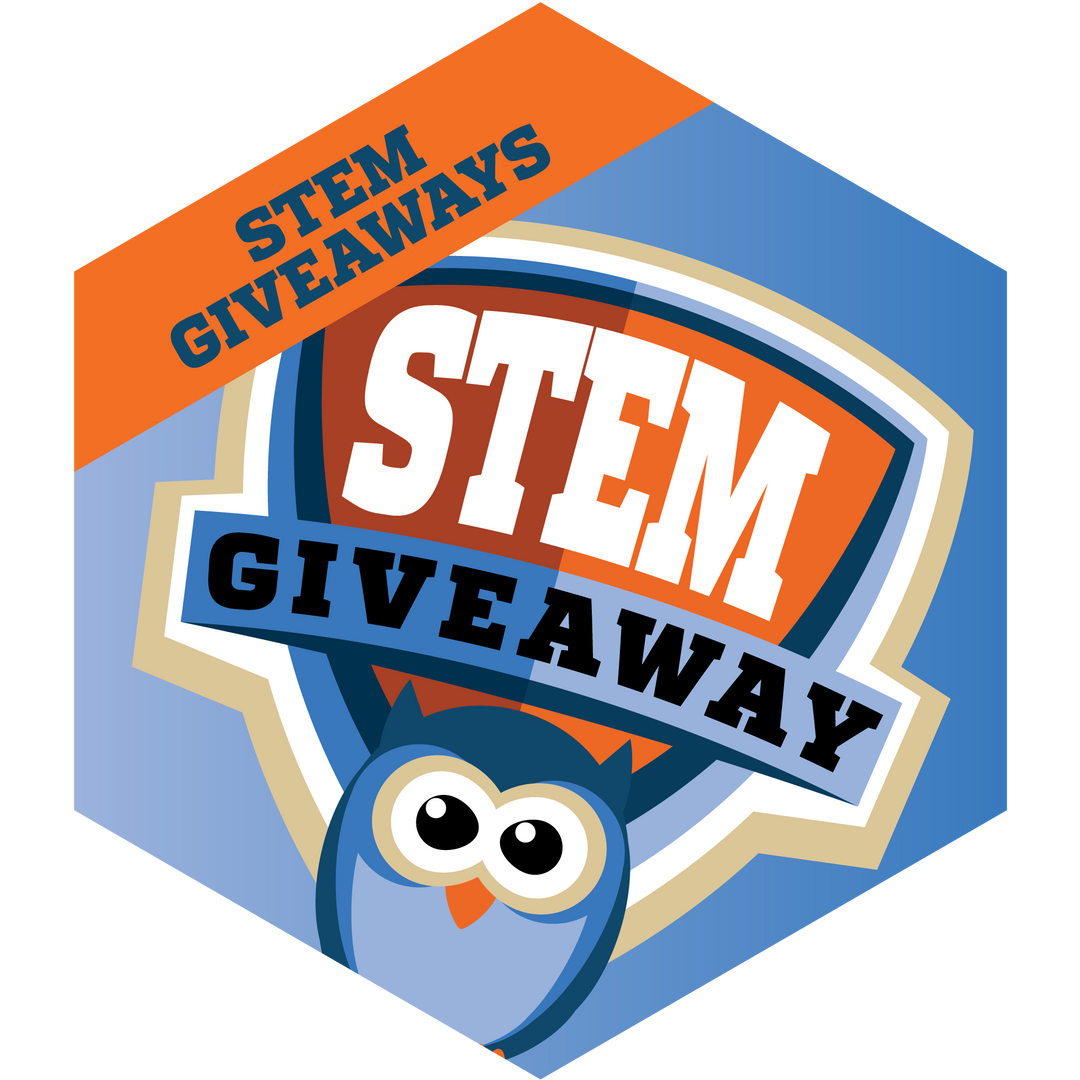Integrating Drone Technology into ELO-P Programs
ELO-P afterschool and summer schools that are looking to give their students practical hands-on educational technology should consider investing in a drone program. For a more relaxed setting, there is definitely a “cool factor” to get the attention of students and can be used for recreational purposes including competitive team racing, photography, or just plain old fun. In a more educational setting they can be used to provide students with a practical hands-on experience that explores concepts in engineering and physics, while being able to use the drone itself to conduct real science experiments by accessing areas that humans are physically incapable of travelling themselves - from a few hundred feet up in a redwood canopy, all the way to the planets at the edge of our solar system (if you have a few spare rocket boosters sitting around).
Drone technology has evolved rapidly over the last century from the first unmanned aerial vehicles (UAVs) being developed during World War 1, to the present day where elementary students are able to program their own drone while learning how they work and how they can be used. There is a ton of great science that goes into developing an efficient and effective drone, most of which is driven by the actual purpose of the drone itself. A drone built for racing is going to have vastly different specifications than a drone built for conducting an environmental survey. The same principle holds true for educational drone packages - a drone package built to teach elementary students is going to look a lot different than a drone package made for high school students.
For practical and safety purposes, drone packages created for elementary students are mostly preassembled, made from lightweight plastic or foam, contain a blade covering, and have slower speeds to enable indoor use. Beginner packages typically have students using handheld controllers to directly manage the direction of the drone, while more advanced packages give students the ability to use programming to automate their own flight path without the use of a controller. This ensures that your ELO-P program can start your beginner students off with a safe and controlled environment while preparing them with best practices for outdoor use. Once your students have mastered these principles and are ready for outdoor use, drone packages will become more advanced and made from materials like lightweight metal, contain open blades, have higher speeds, and will need to be assembled by students.
One of the best features of the educational drone packages offered through STEMfinity is that they provide ELO-P staff with everything they need to run a successful program including schedule, lesson plan, standards alignment, safety equipment, and STEM 101 professional development training (offered separately) for ELO-P sites that want a custom implementation. Our team will send “Mr. Science” himself, Jason Lindsey, (or a Hooked On Science associate depending on the dates requested) to your ELO-P program and conduct a full day training (up to 8 hours) for up to 30 educators. STEMfinity will customize the training to meet your ELO-P program's needs and get your educators prepared to successfully implement your drone resources.
Is your ELO-P program ready to take flight? Let our in-house STEM experts help you select the drone resources that are best for your students, staff, and budget! You can get started started by using one of the links below:



